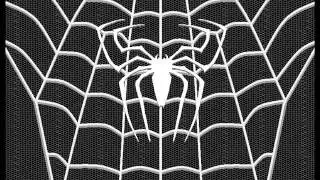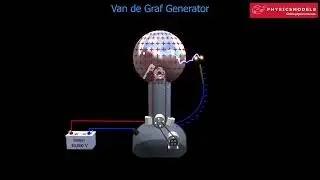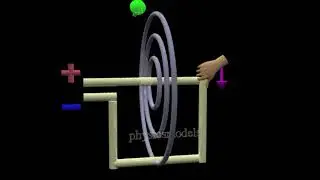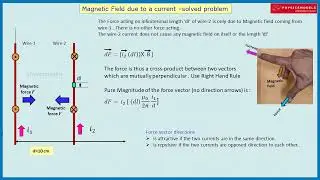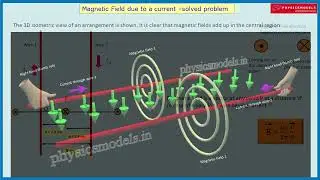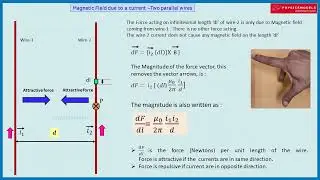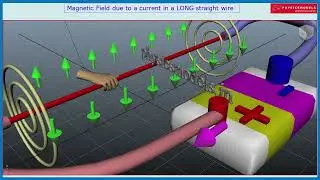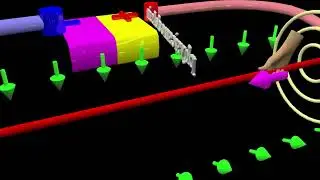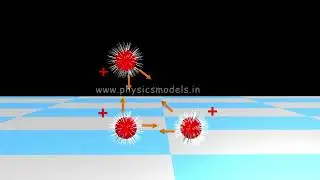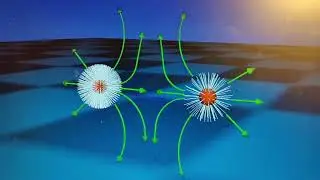Physics Made Easy- Transistors and their Symbols-NPN and PNP
Hi viewers,
1) Please checkout Mobile App: physicsmodels , link: https://play.google.com/store/apps/de...
2) Please Login today at https://www.physicsmodels.in , you get consolidated Chapter-Wise content for NEET/JEE / Board exams, Ads-free viewing, 47 chapters total, with solved problems, HC Verma solved problems, an international Award-winning , premium yet affordable site for all.
In this video I have tried to make simple a very confusing subject - Transistor symbols and the direction of arrows inside the circle, in the context of a circuit. The easy way to remember the circuit direction is to fix the Emitter first, whether it's a NPN or PNP. For a NPN, Emitter is the side when 'N' is connected to 'Negative' of a DC Battery source. This implies the other side becomes Collector, and the current direction is easy to find. Accordingly we can put the arrow symbol inside the Transistor at the right orientation.
Similarly for a PNP Transistor, first we fix the Emitter side, where the 'P' part of transistor is connected to 'Positive' terminal of DC battery. This implies the other side 'P' has to be connected to the 'Negative' terminal of DC Battery. This helps to fix the current direction automatically from Battery Positive to battery Negative, in this case always from Emitter towards Connector. Then the arrow symbol inside the Transistor symbol will point from 'P' to Base 'N' along the current direction. No confusion.
Have a great day!
kaustubhan







